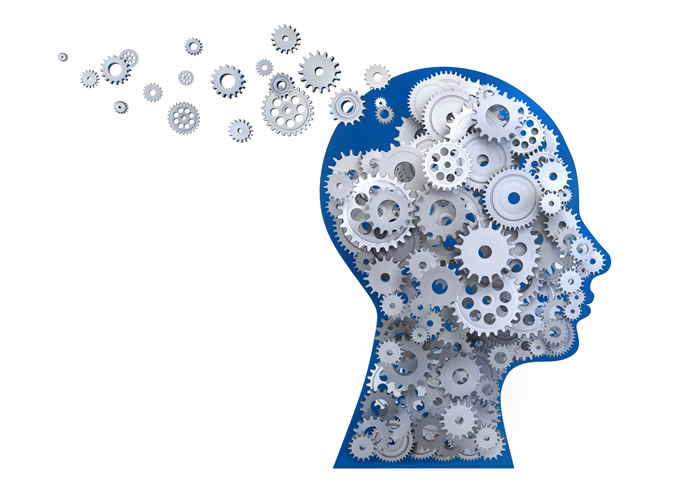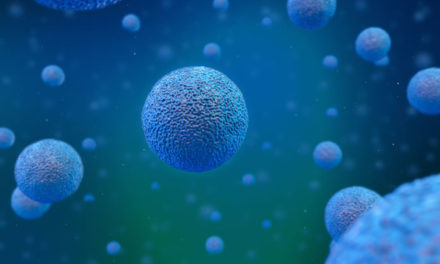
Neglect is one of the most characteristic consequences of stroke in left hemiplegic patients, or rather those who have suffered damage to the right side of the brain following a stroke.
The synonyms for neglect can provide us with a better understanding this particular phenomenon. In fact, neglect is often also referred to as:
- Unilateral spatial agnosia
- Hemi-inattention
- Hemispatial neglect
Regardless of what we call it, this problem consists of an spatial attention disorder in which the patient fails to perceive that which occurs on their left hand side. Neglect is commonly dealt with as an exclusively visual problem. In fact, left hemiplegic patients have evident difficulties orienting their eyes towards their left field of vision, especially during the initial weeks after the stroke.
In certain cases, those who are affected by neglect might leave the entire left hand side of their meals untouched, or might completely omit to shave the left hand side of their face.
Neglect, or hemi-inattention, is often an aspect that is not given the necessary amount of attention in the field of rehabilitation, and is typically considered a phenomenon that will spontaneously resolve itself within a few months after the stroke.
The reality, however, is quite different. In fact, that which gradually decreases during the first few months following the stroke is the visual component of neglect. While many patients report having been aware of their disorder, and having learned to correct the problem, it is often the family members who observe the phenomenon in the first place, and provide their patients with more frequent stimulation on the left hand side.
This video is an excerpt from the Video Guide dedicated to left hemiplegia recovery, where in the last few minutes I show an example of the barrage test for detecting signs of neglect.
It should be noted that neglect is often also linked to another characteristic phenomenon of left hemiplegia: anosognosia.
This consists of difficulty in recognizing one’s own defects, errors, or pathological aspects, and even ignoring them entirely. Therefore, in the more complex cases in which these two phenomena coexist, the possibility of the visual component spontaneously revolving itself will clearly be compromised.
But neglect is not the result of a visual problem. It’s a phenomenon related to attention. As early as 1874, Hughlings Jackson hypothesized that the right hemisphere of the brain was directly associated with perception and interaction with the outside world, and almost 100 years later neuropsychologist A.R. Lurija confirmed its particular perception functions. And yet today, when treating left hemiplegia, neglect is often not taken into account, because it is seen as an aspect that, in addition to spontaneously decreasing in most cases, falls outside the scope of the traditional motor re-education used to treat hemiplegia.
This misinterpretation of neglect is the basis for one of the many contradictions that result in numerous failures in the rehabilitation of left hemiplegic patients. In fact, while neglect consists of an extreme difficulty in focusing one’s attention on the left, the left hand side also includes the patient’s body!
While the visual component of neglect gradually decreases, the recovery processes is much more difficult in relation to the patient’s own body, and it is precisely this aspect that contributes to hemiparesis and the difficulties of movement associated with left hemiplegia. If we are unable to maintain an awareness of half of our body, it will naturally be even more difficult to move that half of our body.
It therefore seems evident that, in cases of neglect, the onset of spasticity and “abnormal gait” when walking will be much more likely.
For this reason, the rehabilitation process for left hemiplegic patients must include exercises that improve the patient’s perception of the left hand side of their body and involve the left hemiplegic patient’s attentive processes. The Perfetti Method is therefore the most comprehensive rehabilitative approach for the treatment of neglect and left hemiplegia.


